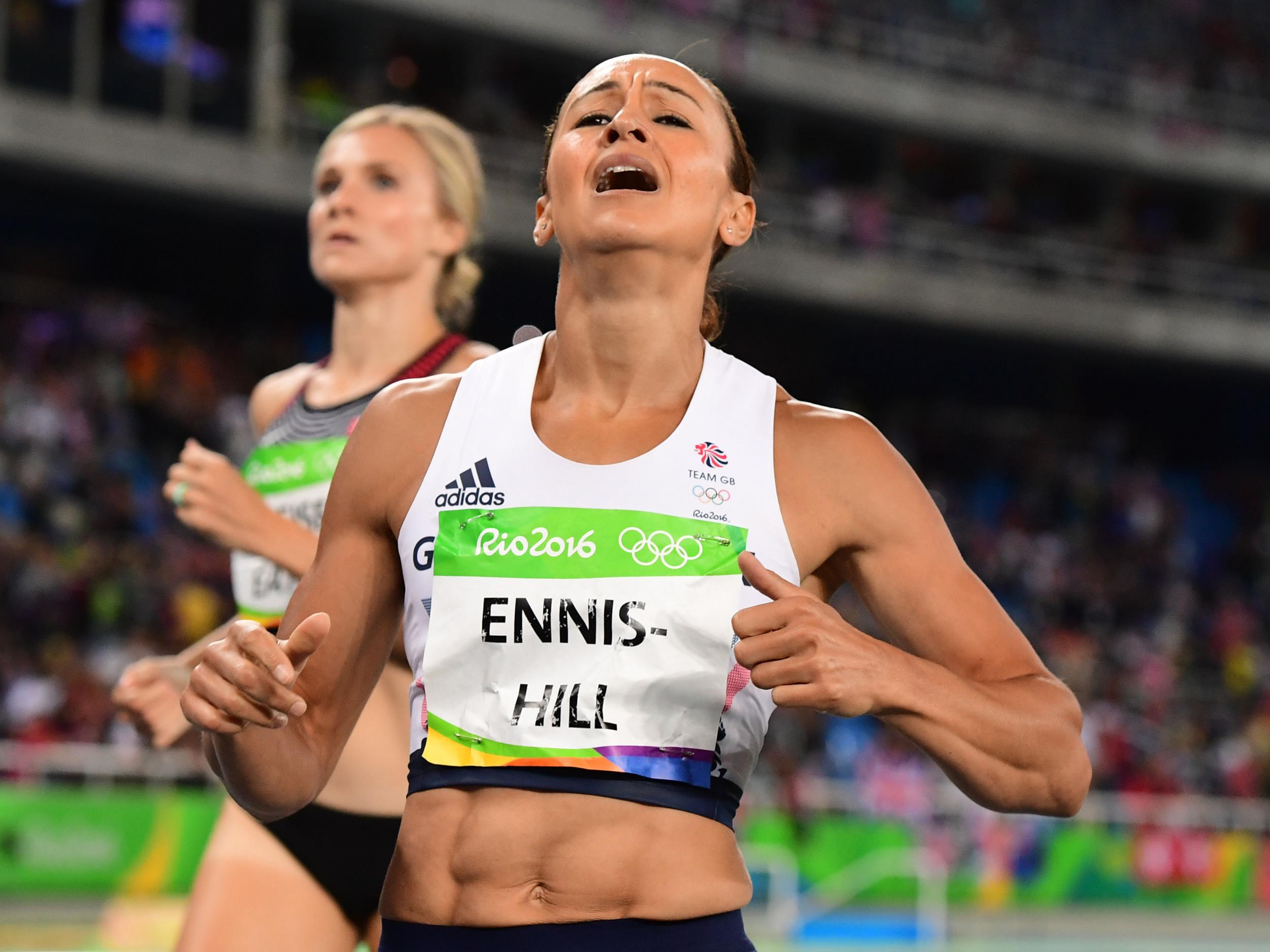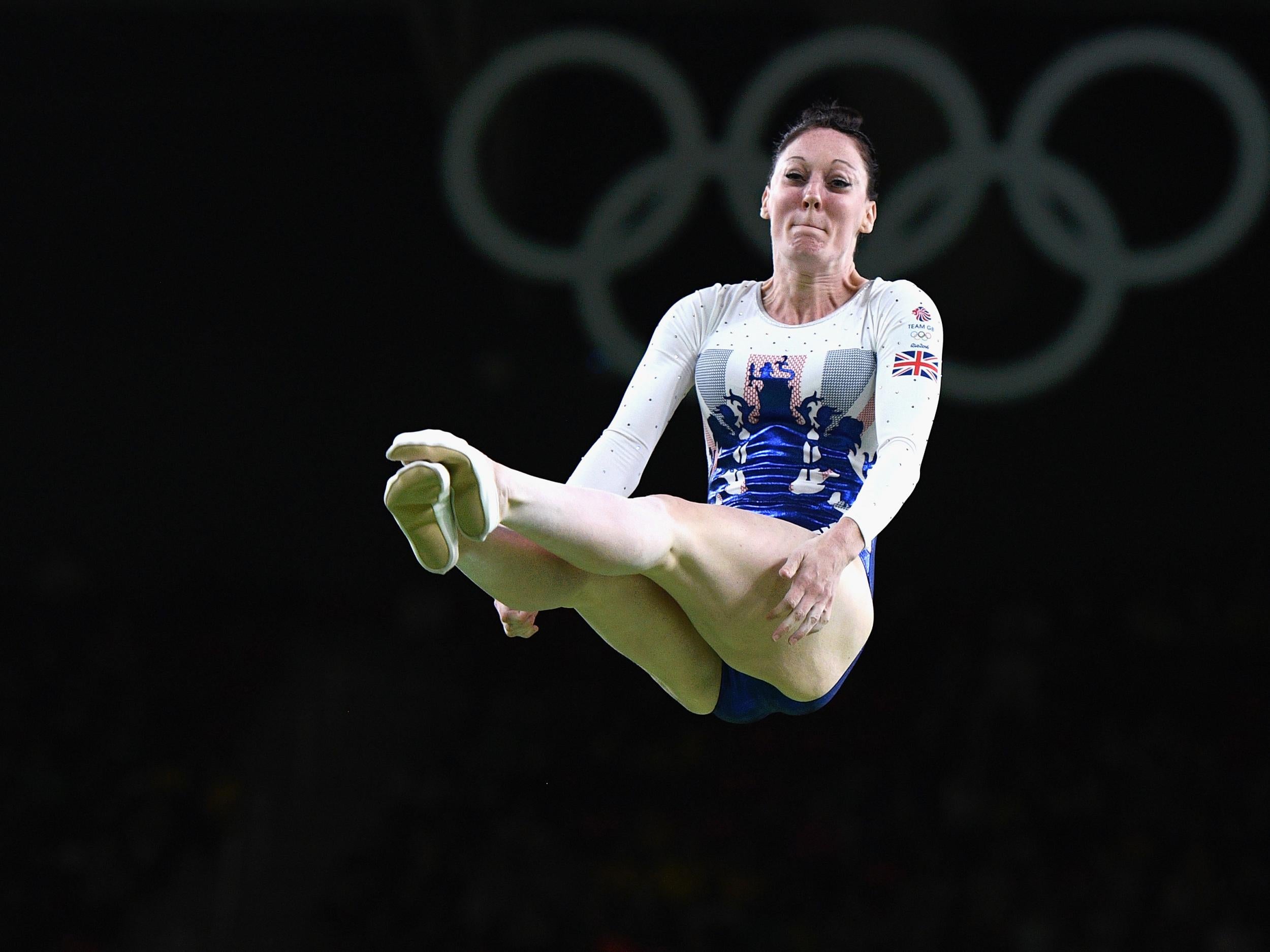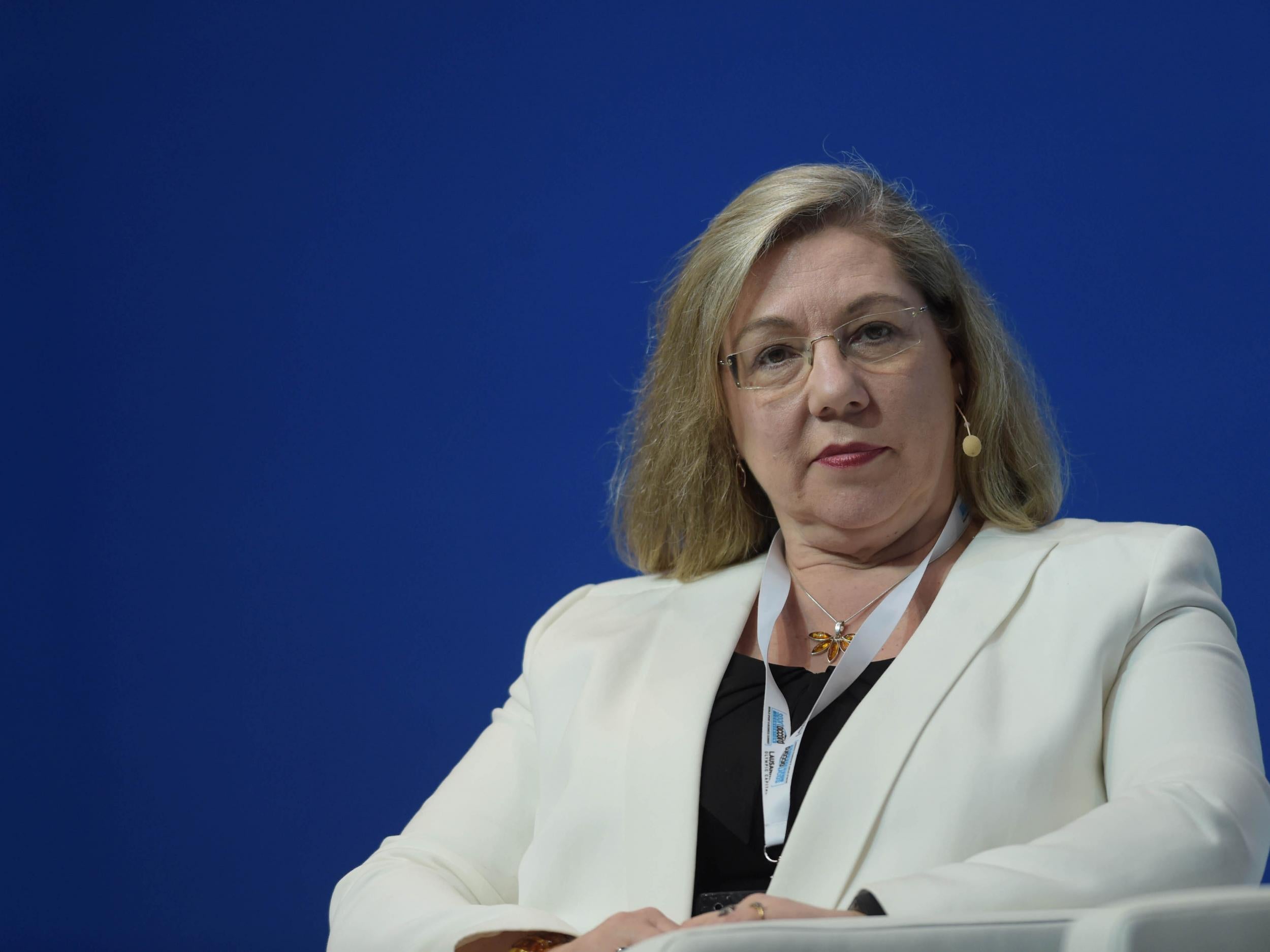Women's sport participation hits all-time high but poorer families still struggle
Overall, 7.21 million women play regular sport in the UK

Your support helps us to tell the story
From reproductive rights to climate change to Big Tech, The Independent is on the ground when the story is developing. Whether it's investigating the financials of Elon Musk's pro-Trump PAC or producing our latest documentary, 'The A Word', which shines a light on the American women fighting for reproductive rights, we know how important it is to parse out the facts from the messaging.
At such a critical moment in US history, we need reporters on the ground. Your donation allows us to keep sending journalists to speak to both sides of the story.
The Independent is trusted by Americans across the entire political spectrum. And unlike many other quality news outlets, we choose not to lock Americans out of our reporting and analysis with paywalls. We believe quality journalism should be available to everyone, paid for by those who can afford it.
Your support makes all the difference.More women are playing sport in England than ever before as the keep-fit boom combines with a Rio 2016 effect to close the gender participation gap, according to the latest figures from Sport England.
The government agency's Active People Survey, which has been running since London won the right to host the Olympics and Paralympics in 2005, measures the number of over-14s taking part in sport for at least 30 minutes of exercise a week.
The survey's most recent data is from October 2015-September 2016 and it reveals that 7.21 million women now play regular sport, which is 250,000 more than when Sport England started its 'This Girl Can' campaign two years ago. The gap between male and female participation, which was once two million, is now down to 1.55 million.
Overall, nearly 16 million people in England play sport every week, up 229,400 from last year and 1.88 million since 2005, which suggests there was a national sporting legacy to London 2012.
That, however, must be balanced against the amounts of lottery and public money poured into sport over the last decade, and the fact that childhood obesity is soaring and a growing divide between the active and the inactive.

Speaking to Press Association Sport, Sport England chief executive Jennie Price was rightly proud of the figures for female participation but acknowledged much more needs to be done for poorer families.
"We're really pleased that women are driving these positive numbers, and we are seeing good long-term growth now across a whole range of sports," said Price.
"Clearly, the popularity of going to the gym continues but the success of our female athletes in Rio this summer helps to showcase those sports and really creates an emotional connection.
"But if you look at the growth for gymnastics and hockey, for example, it's also because those sports have worked hard with their clubs to improve their offer for women. They have listened to what women want."
One of the biggest success stories in the last year has been trampolining, although Price admitted this probably has more to do with the number of trampolines in back gardens and children's parties at Bounce and Jump Nation than Bryony Page's surprise silver medal in Rio, although that may inspire even more growth going forward.

Delving deeper into the survey, the largest of its kind anywhere, there is also good news for football, which has experienced a small increase after some tough years, and swimming has reversed a long period of decline.
Price believes women are the story here, too, and thinks swimming, in particular, could still do more to appeal to female consumers.
Athletics and cycling, however, have both lost participants over the last 12 months, which will cause some concern as these two sports have enjoyed huge growth since 2005 but now appear to be struggling to retain people, particularly younger groups.
"Cycling still does really well for the middle-aged but it has some work to do in appealing to the 16-25 market," said Price.
The news for people from black, Asian and minority ethnic (BAME) backgrounds is also encouraging, as this group is now more active than white British, but the numbers for young people overall are flat.
The real issue, however, is the stubborn gap between socio-economic groups: poorer people are far less likely to play sport than wealthier groups.
Price said it is "simply unacceptable" that this is the case and the sports industry must try harder to reach those with less disposable income and more constraints on their ability to keep fit.
This is actually the last ever Active People Survey as it is now changing to Active Lives - a wider assessment of physical activity that is a key part of the government's new focus on getting more people, of all ages and incomes, fit and healthy.
"Look at women's sport - we have proved that you can inspire change with a targeted approach. We now need to apply that to other, more challenging groups and not just go after the low-hanging fruit," said Price.
Join our commenting forum
Join thought-provoking conversations, follow other Independent readers and see their replies
Comments